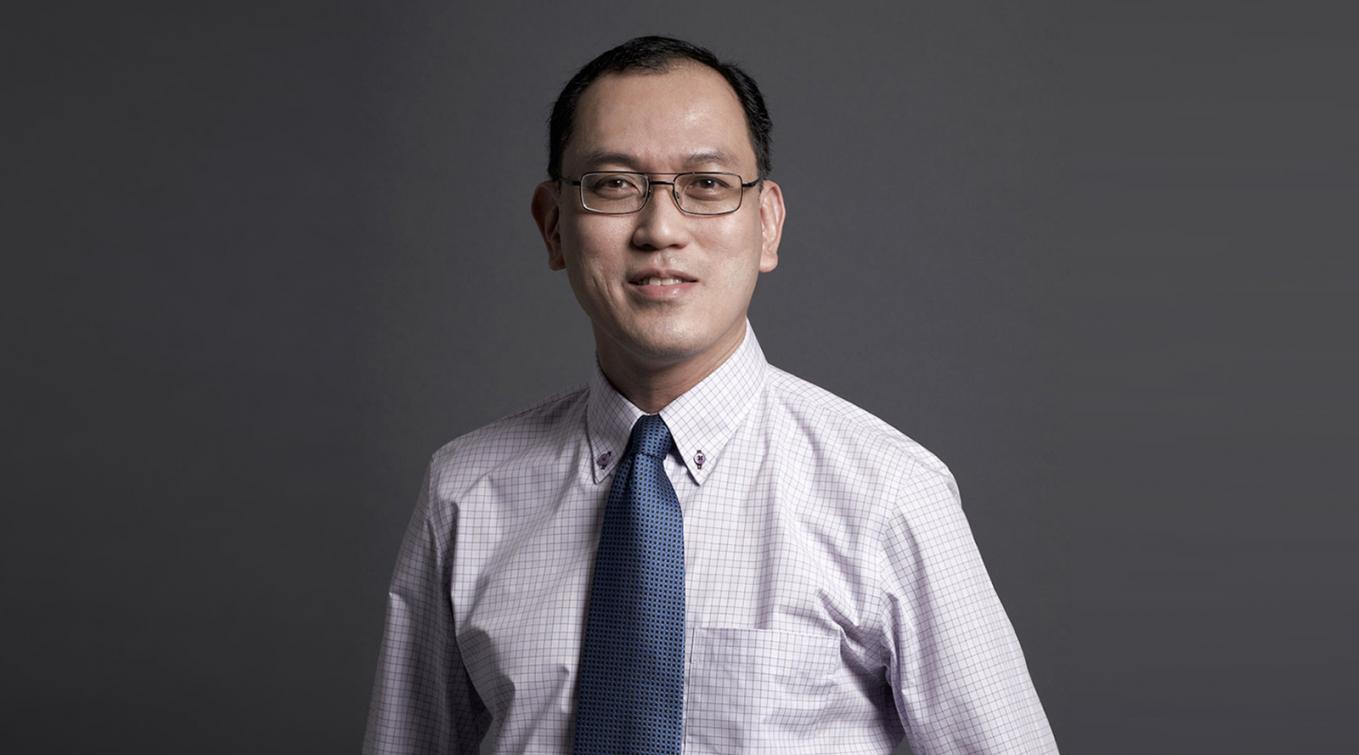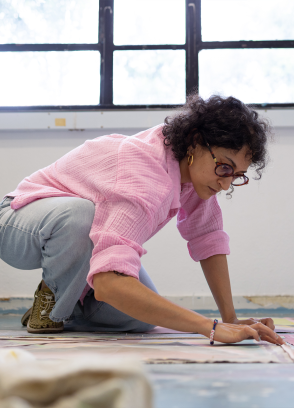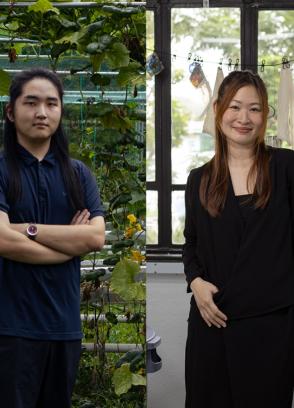Programme Leader, MA Asian Art Histories
04 December 2013
The MA Asian Art Histories programme at LASALLE is the only postgraduate programme that focusses on Southeast Asian modern and contemporary art. One of the major highlights of the three-semester curriculum is the overseas study trip. In 2013, the class of six students, accompanied by two lecturers and a guide, visited the capital city of Hanoi, Vietnam to deepen their knowledge of the contemporary practices of that region.
What does the annual study trip entail?
The study trip is an opportunity for students to better understand how the cultural and social environment of a country shapes its art production. Guided tours are organised to artists’ studios, art spaces, art institutions, museums and galleries. In addition, students have opportunities to network with local artists, collectors, curators and galleries. Such contacts are extremely useful to the students in terms of future introductions, collaborations and exchanges. The programme was launched in 2010. The first study trip was to the vibrant city of Yogyakarta in Indonesia in 2011, and the students benefited greatly from their first-hand contact with local artists, curators and collectors. I chose Hanoi this time because it has a vibrant contemporary art scene and to provide an opportunity for students to visit places in a country where tourists would not normally go to, and which you can only access with the help of a guide. The cost of the study trip, including airfare and accommodation, is included in the programme fee.
What were some of these limited-access places?
We were very privileged to have the chance to visit Salon Natasha, an iconic art space in Vietnam, run by Dr Natalia Kraevskaia. Dr Kraevskaia is the widow of the late prominent contemporary artist Vu Dan Tan who founded Salon Natasha (based in their home). Salon Natasha provided Hanoi’s artists with a much needed cultural space in the post-Doi Moi period (early 1990s). It was a time of great social upheaval and economic reform in Vietnam. Although now closed as an art space, Salon Natasha’s walls remain filled with many signature works by Vu Dan Tan. Dr Kraevskaia gave a talk on Vietnam’s contemporary art scene, censorship issues and Salon Natasha’s role in promoting contemporary art in Vietnam during the early Doi Moi period.
We also visited Nha San Studio which is a Muong minority ethnic house built on stilts formerly located in the mountains of Hoa Binh province. Here, the first generation of Vietnamese avant-garde artists including Nguyen Minh Thanh, Truong Tan, Nguyen Quanh Huy, Le Vu and many more, were nurtured and given the chance to experiment with their art. Nha San is one of the capital’s most active and longest-running spaces for installation and performance art and is an important alternative artist-led, non-profit experimental space. It is run by artist and activist Tran Luong and antique restorer Nguyen Manh Duc. We also visited the homes and studios of arlists – Nguyen The Son, Le Quang Ha and Bui Cong Khanh in the Bat Trang ceramic village. Another important stop was the Goethe Institut, which opened in Hanoi in 1997 and since then has been instrumental in promoting cultural interaction between the two countries. The institute has sponsored several contemporary art exhibitions with a view to encourage new perspectives and provide opportunities to those who have been under-represented in the local art scene, like women artists.
What dialogue and research topics came out of this trip?
The study trip has contributed to our knowledge of Vietnamese contemporary art in a couple of important ways, something that would not be evident from textbooks alone but only by engaging with the art scene on the ground and through dialogue with curators and artists. One of these is the schism that exists between so-called ‘official’ art endorsed by the state, which largely panders to conservative tastes, and ‘unofficial’ art which encompasses experimental art forms, such as performance art and installation art, which are sometimes critical of the state and which, at times, is forced underground to avoid censorship or persecution. Many artists have found performances and videos to be a more convenient medium – portable, harder to censor and easier to share within and out of the country.
Why is the MA Asian Art Histories programme at LASALLE unique? Why ‘histories’?
It is unique because it is the only taught MA programme in the world that focusses on Southeast Asian modern and contemporary art. The plural ‘histories’ is used to emphasise the distinctiveness of the programme – that it is a departure from the linear and homogeneous discipline that characterises the Western tradition. ‘Histories’ is used to reflect the diverse histories, cultures and practices of the Asian region which present a unique opportunity for students to critically engage with questions and issues relating to notions of identity, tradition, ethnicity, community and aesthetics that are specific to an Asian context. The curriculum of the programme represents the diversity of historical contexts, cultural specificities, post-colonial experiences and artistic practices of the region.
In your opinion, is there a lack of expertise in modern and contemporary Asian art?
Southeast Asia, which the programme is increasingly focussing on, is still an emerging field although it has been gaining a lot of interest from western museums and in the art market. The National Gallery Singapore, which focuses on modern Southeast Asian art, is slated to open in 2015. Because of all these developments, I would expect that scholarship and expertise in the visual arts of the Southeast Asian region will concurrently increase.




